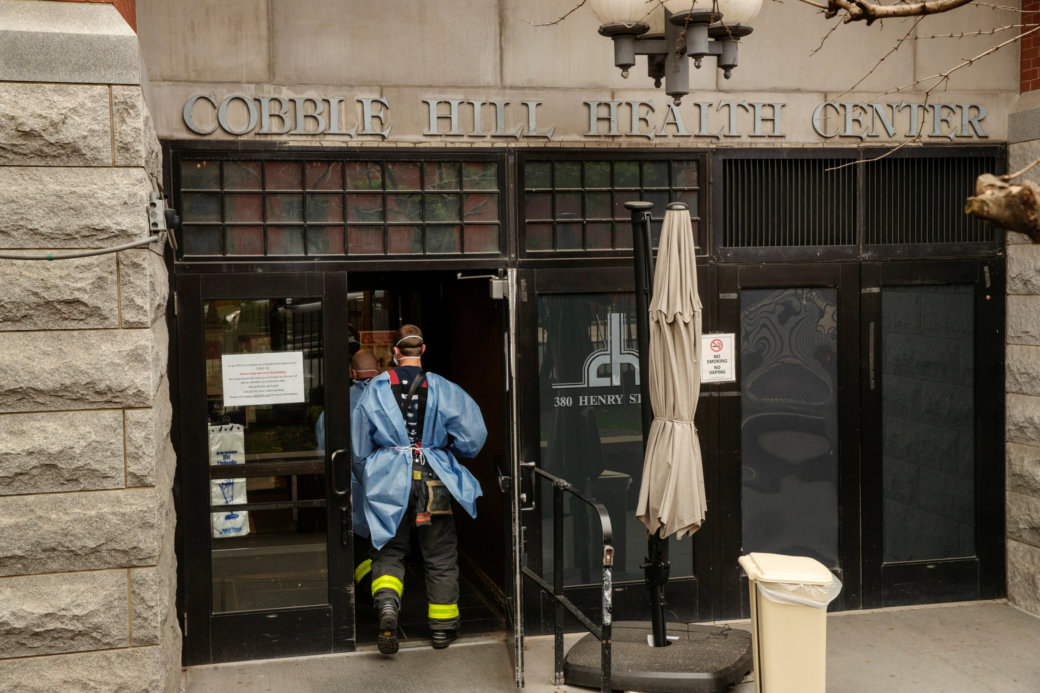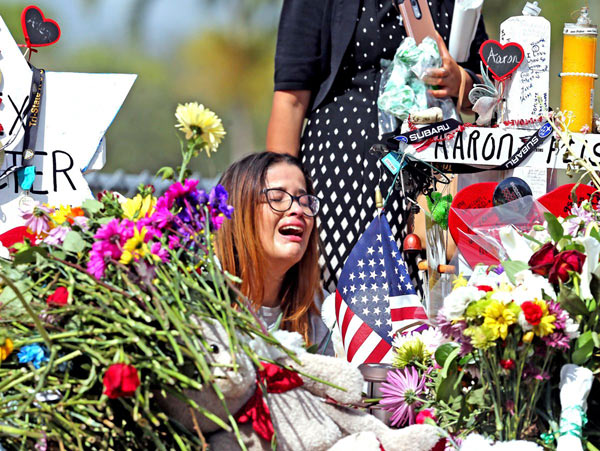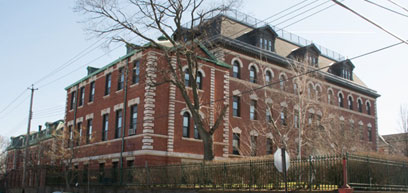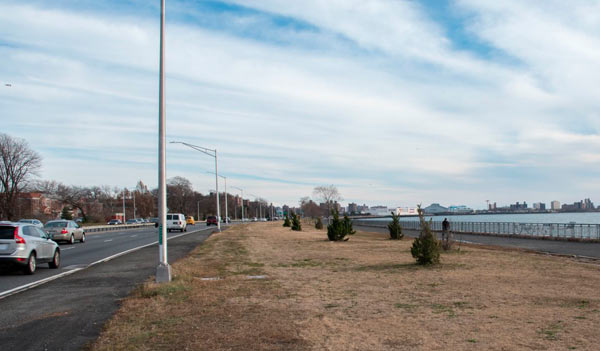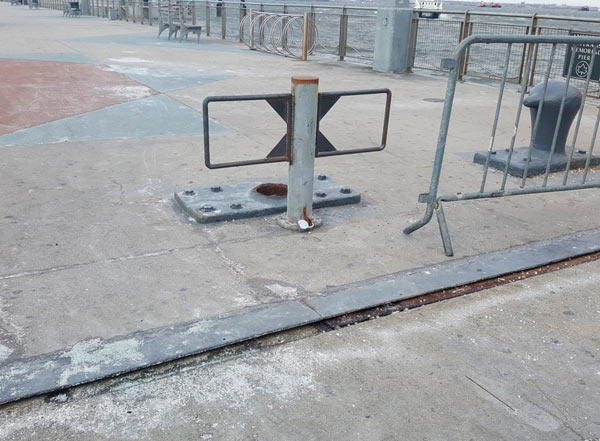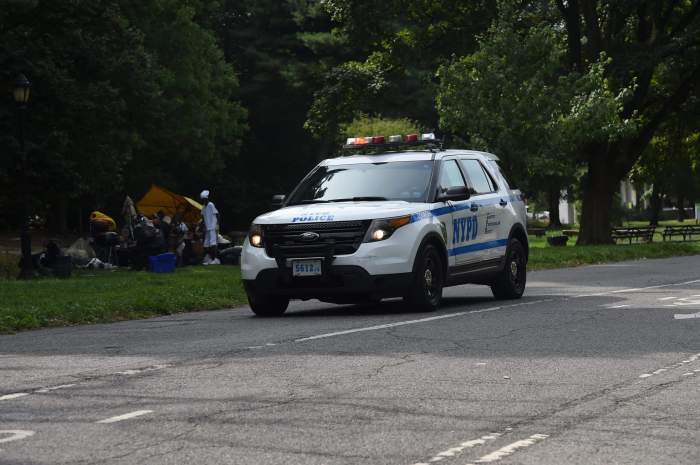While the entire state has been focused on ensuring our hospital system could handle the COVID-19 crisis, a perfect storm has been quietly brewing inside a different facility altogether: our city’s nursing homes.
Throughout the past two months, our offices have heard that many nursing homes — which are full of the population most vulnerable to this specific virus — are direly understaffed, severely lacking in PPE, and massively underprepared for a viral outbreak. The situation is bleak, and it exposes both a massive weakness in how our city cares for the elderly, and an unfathomable slowness on the part of the state to rein in this crisis.
We started getting calls in mid-March that worried us.
First came reports of nursing homes refusing to share information with residents about the presence of positive cases in the facility. We would hear that entire sections of the nursing homes had been cordoned off, that ambulance trips to hospitals were increasing, but that the residents still had not been told whether there were positive cases. Families, feeling panicked and wanting to have the information they need to make decisions about the care of their loved ones, would call the facility repeatedly, but the facility would refuse to give answers. Indeed, even when our offices would attempt to contact these nursing homes, we as elected officials would be ignored by administration and staff.
Then the more difficult calls started coming in. Reports of residents who the nursing home had transferred to the hospital, but the emergency contacts had never been notified. Residents who were informed that their loved one had been showing symptoms only after they had passed away. Family members who were informed of a resident’s death and then immediately told to pack up their loved one’s belongings within five hours to make room for a new patient.
And the number of calls from nursing home administration to our offices, asking for help? Zero.
Nursing homes fall under the jurisdiction of the state, not the city. The state is responsible for ensuring that the homes are following protocol, and the state is charged with the duty of investigating any misconduct by the nursing home. As city officials, we have been watching the crisis unfold and trying to sound the alarm with the state, while frantically trying to outfit our nursing homes with PPE — one of the few things we have the power to do, here. But the problem is, it took entirely too long for the state to step in in this case, and their actions have been half-measures at best.
Indeed, Gov. Andrew Cuomo issued an executive order on April 15 — a full MONTH after our office started getting calls from family members — requiring them to disclose new positive cases and COVID-related deaths to residents and family members. The data now made public has exposed the scale of this crisis: nearly 2,000 people have died in New York City nursing homes as of May 1.
However, that data should have led to decisive and swift action to immediately address the problem, but the messaging and efforts by the state have been mixed and confusing at best. Cuomo has since focused his efforts on ensuring that nursing homes do not turn away potential patients due to testing positive for COVID-19, but that is the exact opposite of the action we should be taking.
With 25 percent of all reported statewide deaths occurring in nursing homes, facilities that are unequipped to handle this crisis should not be taking any new patients whatsoever, and the state should be involved in transferring existing residents who wish to leave to other, safer facilities — hospitals, for instance, or off-site facilities like the Javits Center.
Immediately after Cuomo issued his executive order, our offices sent a letter to city and state health officials requesting how they plan to address the lack of safety protections at nursing and rehabilitation centers. It became apparent to us that we cannot rely on private nursing homes to operate on an honor system and self-report to the state whether or not they can accurately communicate their needs and deficiencies as well as coronavirus infections and death rates.
As Cuomo himself pointed out, every resident is a source of income for the nursing home. When the residents are removed by the state, they lose out on that income. This could explain the silence and the refusal to admit an inability to properly manage the care of nursing home residents — especially given that many nursing home executives take home a salary approaching seven figures.
The state needs to take a proactive role in monitoring and enforcing protocols for detection, containment, treatment, and reporting — starting yesterday.
We know that the staff in these facilities are overworked, underpaid, and merely following the less than sufficient protocol that had been put in place to respond to this virus. However, there is no excuse for the lack of transparency and accountability we are seeing from nursing home administration right now. We need to expect more from the administration and leadership of these facilities, and absent that leadership, we need to enact stronger and more aggressive government oversight moving forward.
The deaths and numbers of positive coronavirus cases are already distressing. If the state does not act soon, we fear we will look back on these few months and realize that nursing homes were ground zero of the COVID-19 pandemic, and that we could have prevented this from happening from day one.
Mark Treyger and Justin Brannan and both New York City Councilmen who represent parts of southern Brooklyn.


